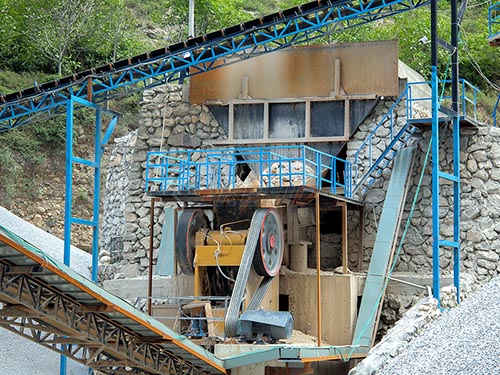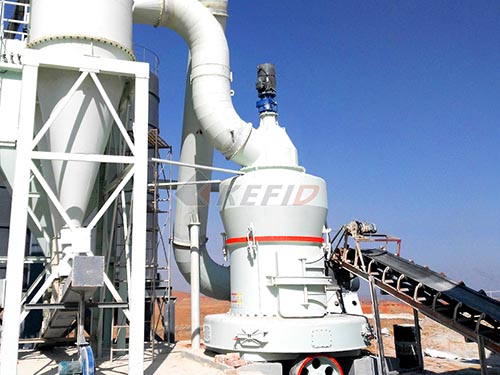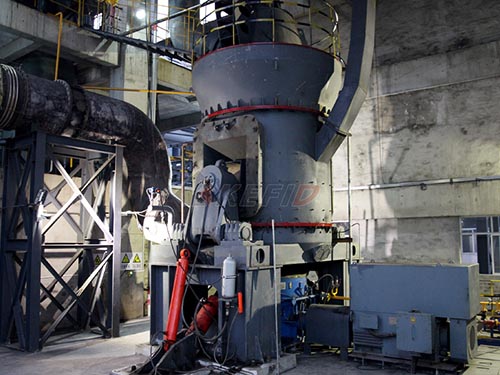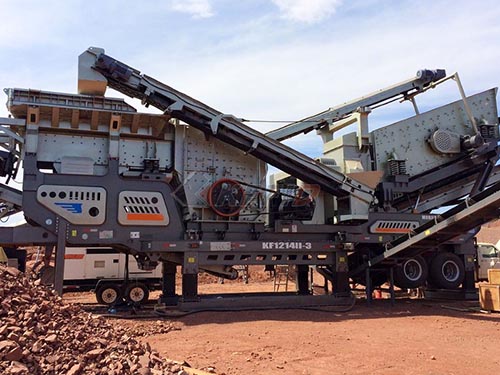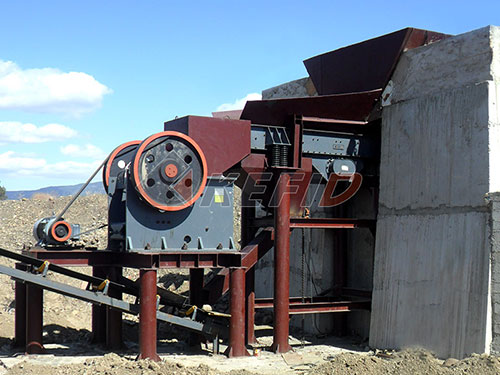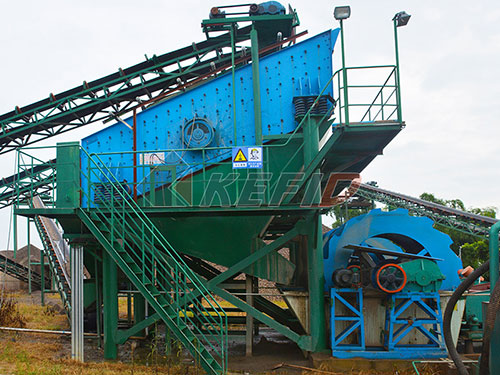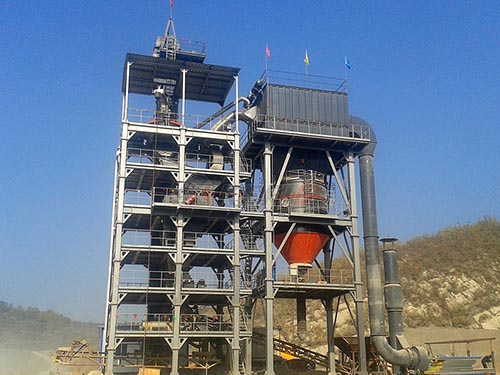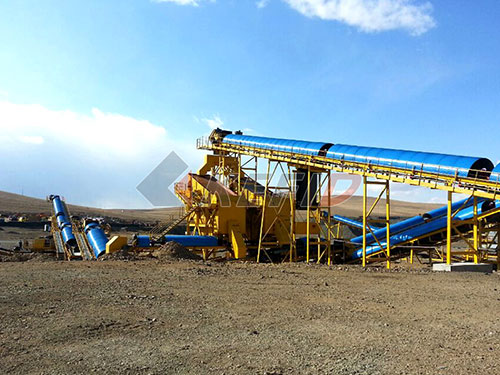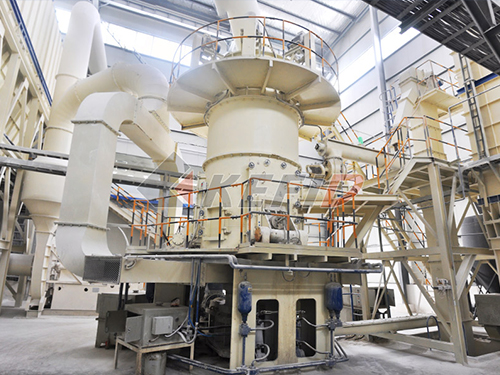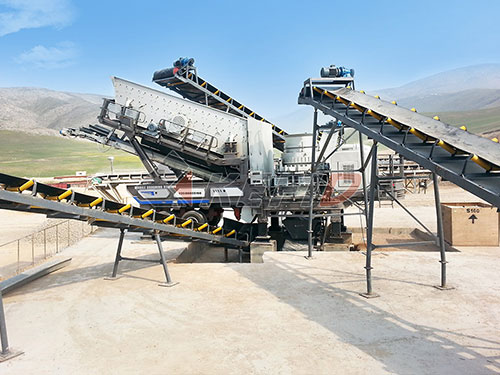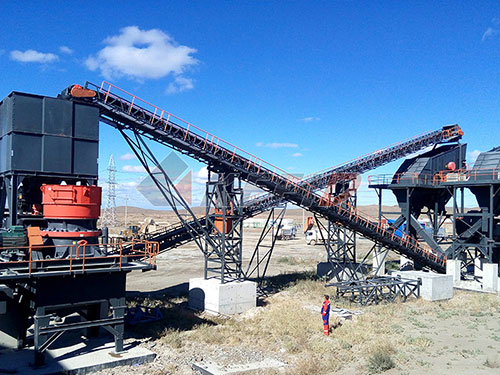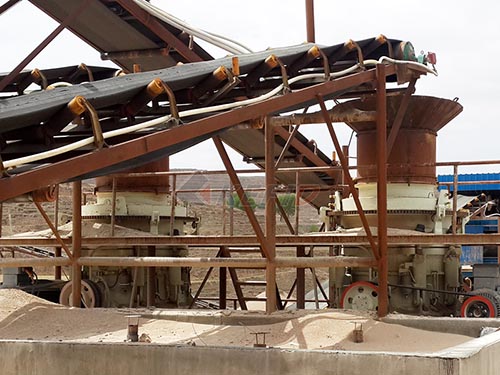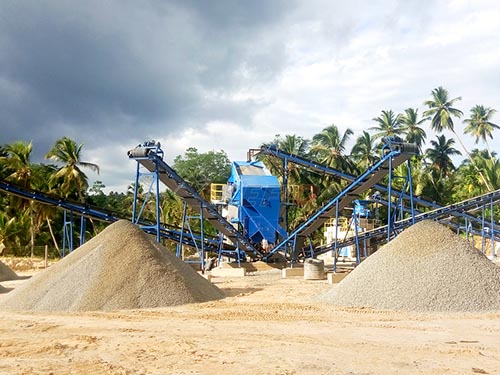
The Enduring Role of Coal Crushers: Understanding Equipment Like the Koppers Design

Within the complex infrastructure of industries reliant on coal – from coke production and power generation to various chemical processes – efficient size reduction is paramount. This critical task falls upon robust machinery known as coal crushers. While specific historical models like those produced by Koppers Company represent a significant era in industrial engineering, understanding their function and legacy provides valuable insight into material handling fundamentals still relevant today.
The Core Function: Breaking Down Bulk Coal
Raw coal extracted from mines arrives in large, irregular chunks unsuitable for most industrial processes or efficient combustion. Coal crushers are engineered to reduce this bulk material into consistent, smaller particles or granules. This serves several vital purposes:
1. Optimizing Combustion/Carbonization: Uniform particle size ensures predictable burning rates in boilers or consistent carbonization behavior in coke ovens.
2. Enhancing Material Handling: Smaller particles flow more predictably through conveyors, bins, and feeders, reducing blockages and improving overall system efficiency.
3. Facilitating Processing: Further treatment steps like washing or drying become significantly more effective with uniformly sized feed material.
4. Maximizing Yield & Efficiency: Proper sizing minimizes waste and ensures the full energy potential of the coal is utilized effectively.
The Koppers Legacy: Engineering for Industrial Demands
The Koppers Company was a major force in coke oven technology and byproducts recovery throughout much of the 20th century. Naturally, their expertise extended into auxiliary equipment crucial for feeding their ovens efficiently – including coal crushers.
Design Philosophy: Koppers crushers were typically engineered for heavy-duty industrial service within integrated coke plants or large-scale coal handling facilities.
Durability & Reliability: Built to withstand constant abrasion from hard coal and demanding operational cycles common in steel mills and chemical plants.
Integration Focus: Designed not just as standalone units but as integral components within larger coal preparation systems feeding batteries of coke ovens or other processes.
Common Types Employed: While specific models evolved over decades, Koppers likely utilized proven designs suited for primary crushing tasks:
Double Roll Crushers: Featuring two counter-rotating rolls with teeth or segments designed to grip and fracture large lumps effectively.
Single Roll Crushers (Sledging Rolls): Utilizing a single rotating roll against a breaker plate or anvil point; effective for friable materials like certain co


